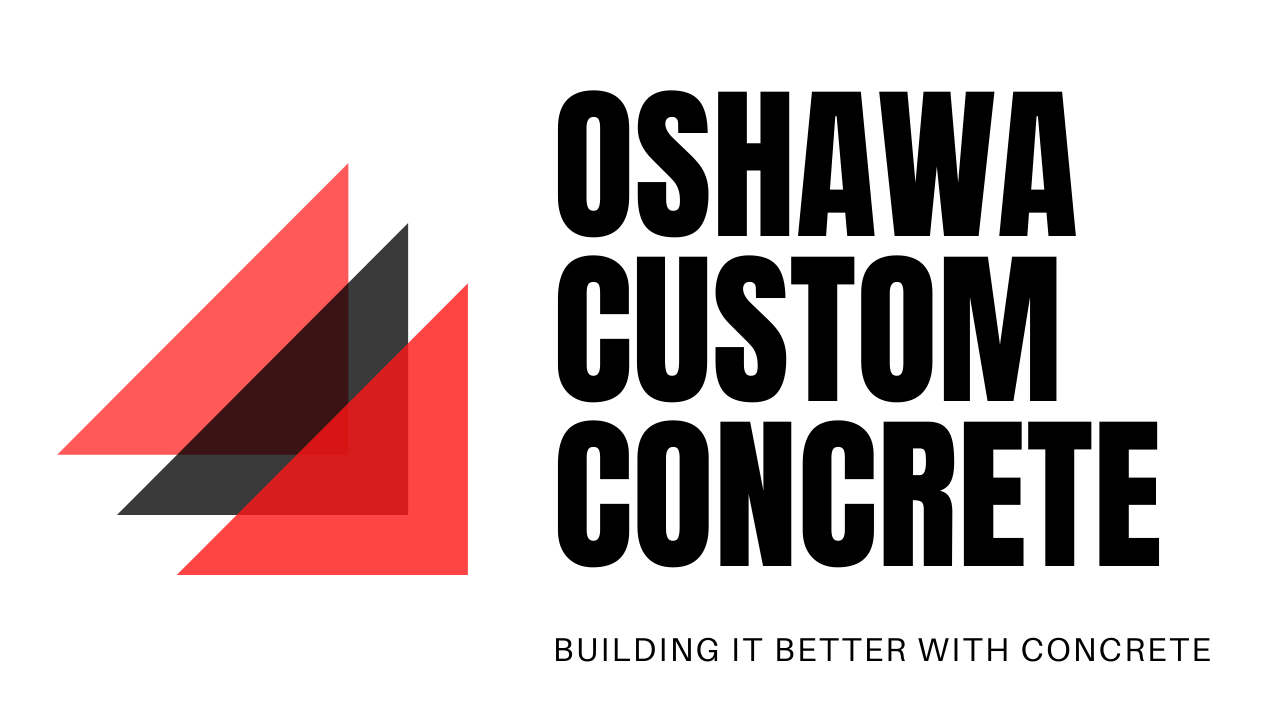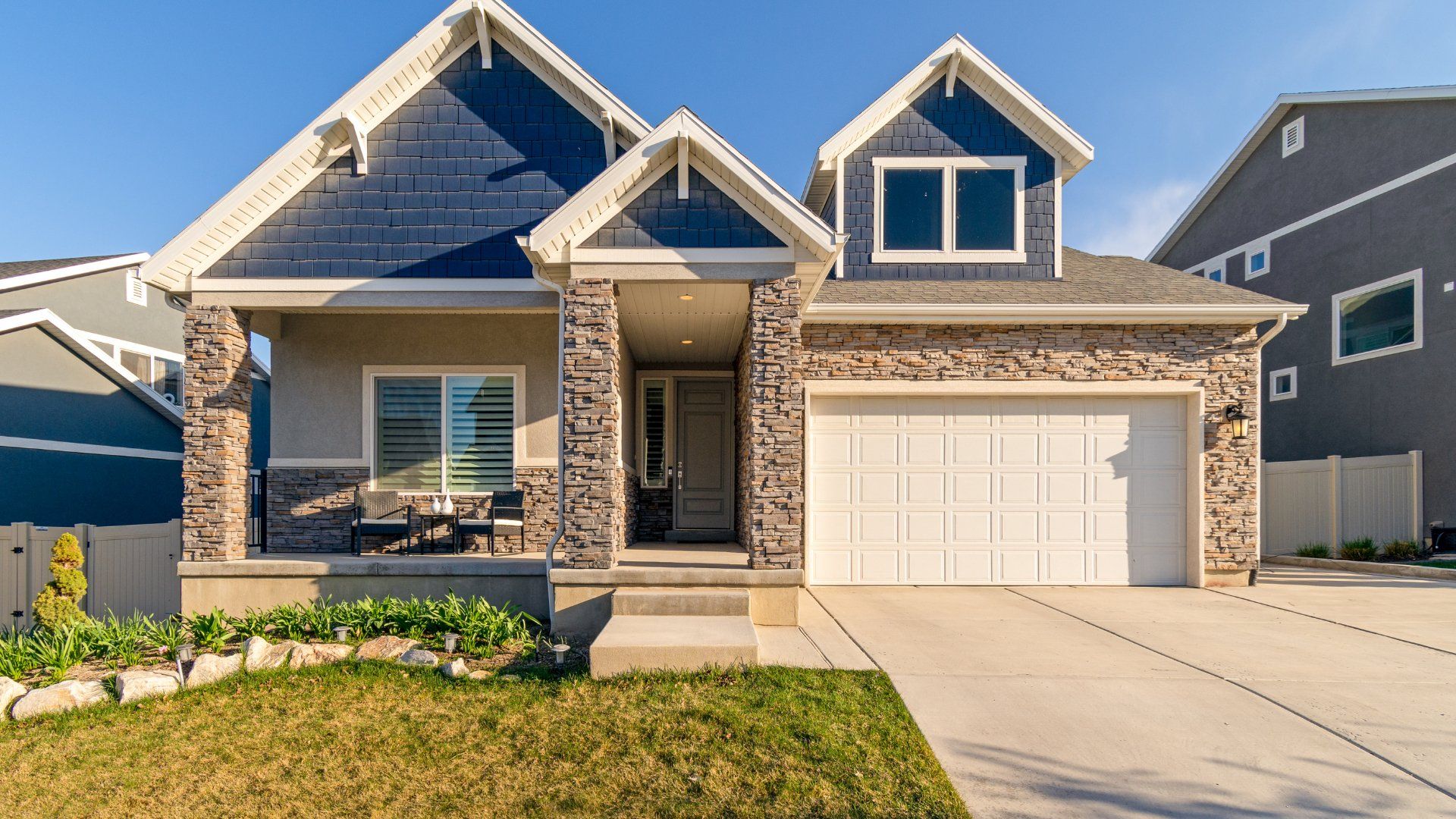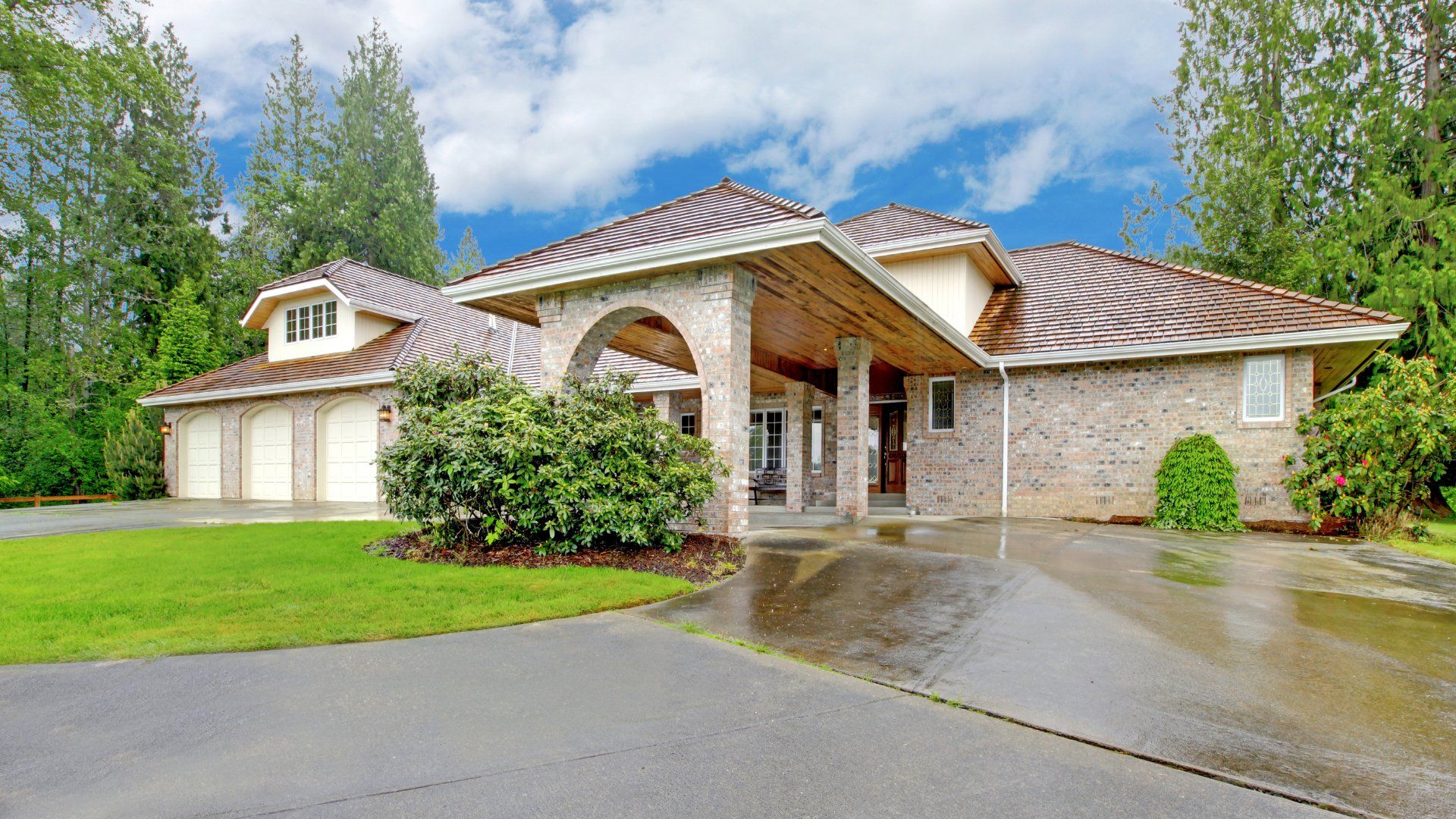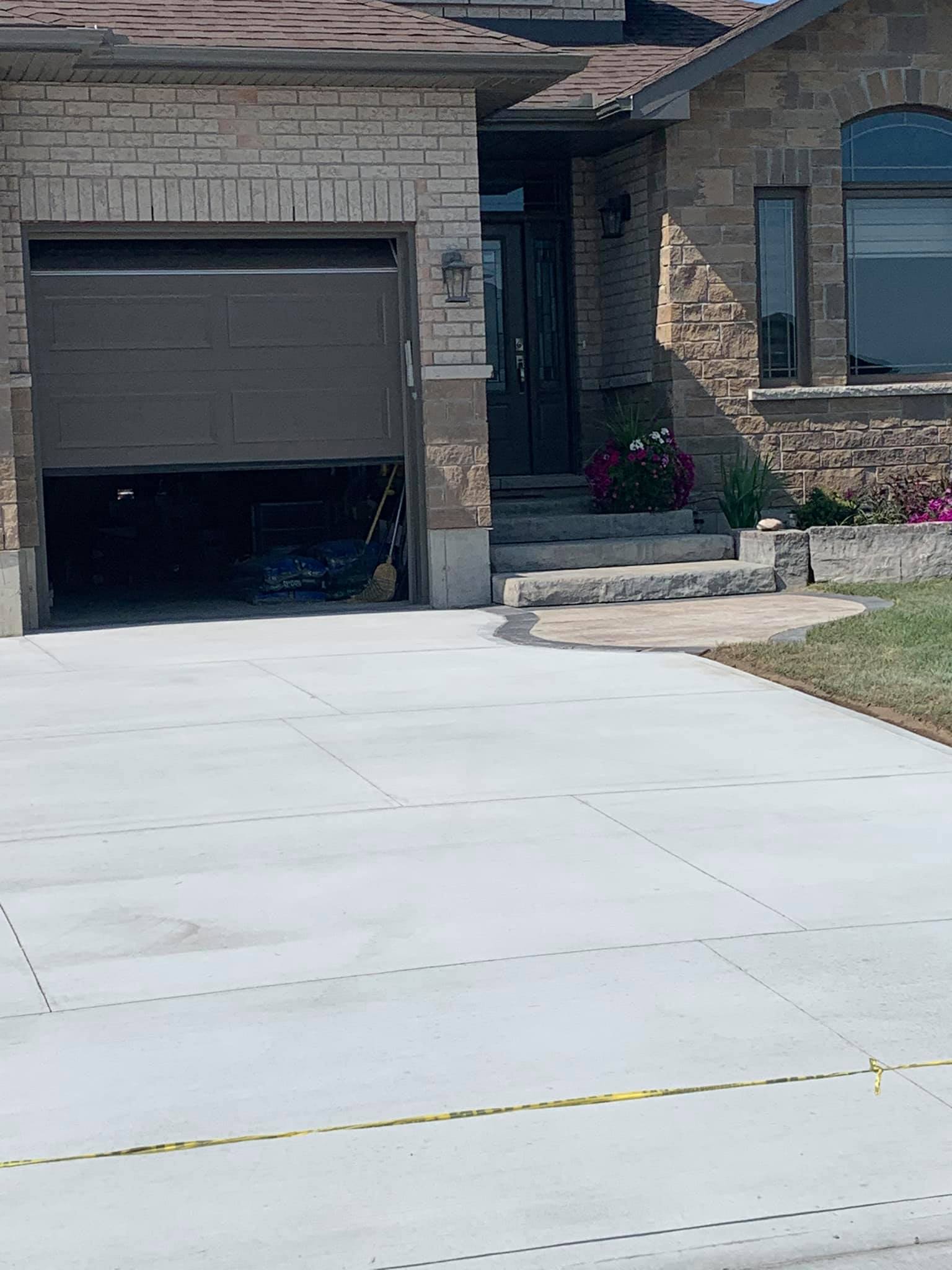The durability and longevity of concrete makes it an excellent choice for large areas like driveways. At first, concrete can come with a higher price point, but when you consider how long these materials will last in comparison to other options such as gravel or asphalt - they become worth every penny.
You can go from a dull and unappealing concrete to something more appealing with just some paint or stamps.
Here are a few more pros and cons of having a concrete driveway:
Concrete as a Building Material:
Concrete is a material that has been used in construction and building for centuries. It’s possible you may have even seen it on your patio or at the mall, as concrete can be mistaken to think of cement as its only ingredient! In reality though, when someone says concrete they are referring tojust one component: the powder from limestone AND clay mixed together into what we call 'cement'. The stone used for this composite material can come from many different sources, with aggregate being the main ingredient. To create it you need water (or sand) and lime-based binder mixed together in order to form an incredible mixture that will last forever!
One of the most common misconceptions about concrete is that it's all made equally. While this might be true for some uses in construction, there are many situations where different types sand can actually form very distinct surfaces depending on their composition and size distribution - like driveways or sidewalks.
For most driveways, concrete is formed with gravel-sized aggregates (e.g., pebbles) but for finer work and smoother finished surfaces newer methods use sand particles such as silica flour which can be more expensive due its ability to make wet cement set faster.
Concrete is a great material for projects where strength and durability are important. Though it can be poured into just about any shape, most types of construction will need some time before they're strong enough to use: weeks or months depending on their size.
Concrete is strengthened by adding metal wire or rebar to the slab. Other ingredients can also be added during mixing such as agents that improve strength and slow drying time - this way you have a durable construction with increased durability, even in harsh weather conditions.
Installation
The durability of a concrete driveway is one thing you can't put into words. Once it's poured, your investment will last forever with proper care and maintenance- which means less time spent worrying about repairs or replacing sections due to wear and tear. We want to make sure that your project goes off without a hitch! That's why we work closely with you throughout each stage of the process, from excavating for new formwork (that'll give shape) and preparing forms before pouring just enough precision so everything runs smoothly on site.
Installing a concrete driveway is not always easy. First, you need to remove all vegetation and make sure there's stable soil for your foundation before getting started. The wood forms should be set up around the perimeter of where you'll lay your driveway at least 4 inches thick with class-5 gravel added on top as reinforcement material. Either steel wire grid or metal rebar can handle all sorts pressure such as vehicles driving across it since they're so strong.
Now it's ready for the pour. The concrete pour is a complicated process that requires several people and equipment. The crew members work quickly to fill the forms with wet cement as it's delivered from an on-site mixer, then they finish up any excess before allowing this new surface make its mark by completing controlled break points at different intervals throughout your drive way so everything sets well in place over time.
Finishing the concrete is an important step in making it look good. This process uses tools like rollers and trowels to work through capillary action, which pulls cement into higher layers until there are no more rough edges or textures left behind. Floaters are then a crucial part for creating the perfect driveway. They use a liquid solution that must be applied carefully because too much can weaken your slab; but not enough means it won't have the finished texture you're looking for.
Concrete is a durable material that can withstand the elements, but it needs to be cured before you install your new driveway. Curing concrete takes time and requires special attention in order for them harden properly.
It's important that you wait at least a week before driving on your new driveway and make sure it has been sealed for one month or two before driving on it with heavy vehicles such as trucks.
Maintenance
The life of your driveway is dependent on how often you maintain it. If left alone, a concrete driveway will crack and become porous over time due to water absorption; however by keeping up with basic cleaning techniques like scrubbing away dirt or sealant application in the springtime (or anytime), this issue can be avoided entirely.
A good washing down every now then should do wonders for protecting against stains caused by oils from roadways. To keep your slab looking its best for years to come, you can do this one simple step in maintenance.
Longevity and Cost
The lifespan of a driveway is typically between 25-50 years. It all depends on how well built it was and if you take care of your concrete surfaces regularly. The cost of a new concrete driveway varies depending on the size and finish, but most start at about $10-$15 per square foot. This makes it affordable for most homeowners with decent budgets; however you will need to factor in an additional expense if there's demolition required from your current slab before installing ours.





